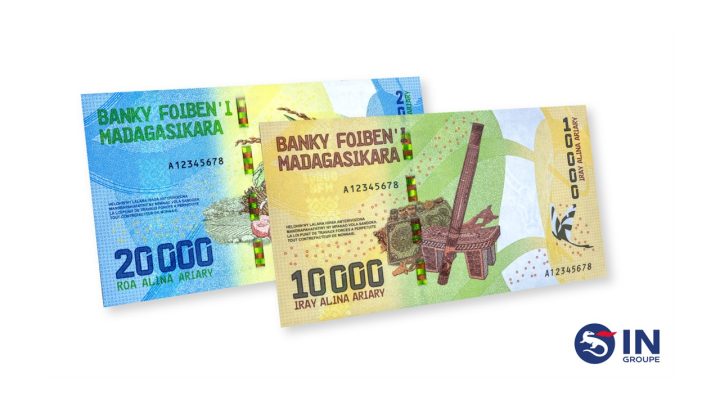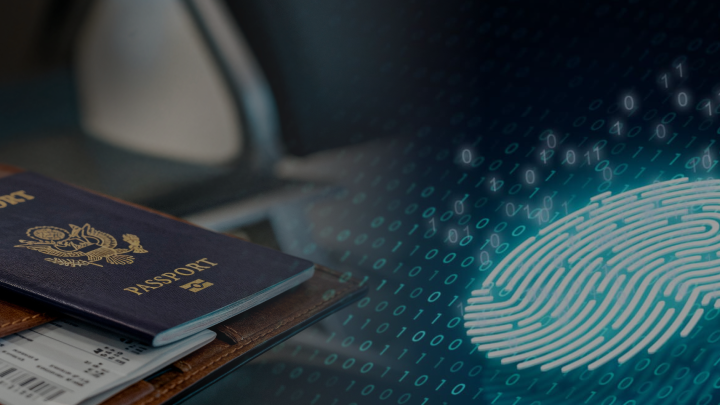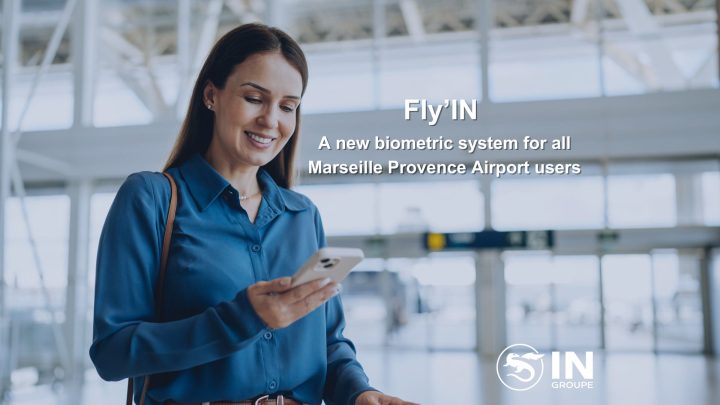Solving the Trust Equation: Surpassing Expectations with the Next Generation of ID Verification

European banks now stand at the forefront of secure and robust digital identity verification.
We live in an age where entire industries, from finance and retail to food and hospitality, have been revolutionised by digital technology.
Yet despite the rapid change, these industries remain far from static. If anything, the rate of disruption - and the pace of innovation - is accelerating. Nowhere is this more apparent than in banking and, specifically, the field of digital identity verification.
The European identity verification market is projected to reach EUR8.68 billion by 2030, growing at a CAGR of 17.4% from 2022. With biometric-enabled mobile eID verification already creating seamless onboarding experiences for customers, the digital banking sector is already responding to ambitious regulatory frameworks with cutting-edge technologies aimed at enhancing customer trust and security.
Setting the Regulatory Standard
Much of this momentum has been driven by a generation of digital-native consumers who expect convenience, speed and security as standard. But as adoption accelerates, so does user awareness of how their data is processed and secured.
The rise of deepfakes and other forms of AI-generated fraud poses significant challenges. For instance, there was a 700% increase in deepfake incidents in the fintech sector in 2023 compared to the previous year.
88% of fraud decision-makers believe more information should be shared between banks, financial institutions and government or regulatory authorities to combat financial crime and fraud.
Overcoming customer concerns about cybersecurity, digital fraud and data privacy is crucial to enhancing customer trust, and the next generation of ID verification tools will play a vital enabling role.
These tools are being developed in line with European regulations such as the Anti-Money Laundering (AML) Directives, the Payment Services Directive 3 (PSD3) and initiatives like the European Digital Identity Wallet.
It is also encouraging to see a diverse range of financial institutions, banks, regulators and fintech providers - IN Groupe and Keesing Technologies among them - collaborate on building pan-European identity infrastructure and standards that emphasise interoperability, resilience and trust.
Compliance and Convenience
Given the pace of change, both in digital innovation and the regulatory landscape, it’s clear that digital eID verification is no longer optional for banks – it’s a business imperative.
Whether it's securing loans, opening business accounts, or conducting high-value transactions, robust Know Your Customer (KYC) checks, Politically Exposed Person (PEP) screenings and AML compliance checks need to be completed. How this is done, and how quickly, makes a major difference to the customer experience. And expectations have changed; what once took days must now be delivered in minutes.
What’s more, for a single market area such as the European Union, the expectation is that the verification process should be seamless and uniform regardless of the country.
Three Strategic Approaches
There is some way to go before this becomes a reality, bt European banks are exploring multiple ways to stay ahead of the identity verification curve.
Industry-wide Consortia: Cross-border collaboration between banks, governments, regulators and fintechs is laying the groundwork for the creation of interoperable identity verification frameworks. These initiatives help to create a unified ecosystem underpinned by standardised technology and compliance. The European Digital Identity Wallet is a prime example.
In-house Identity Solutions: Some banks are choosing to build proprietary ID verification systems tailored to their global operations. This approach offers flexibility, allowing them to align ID workflows with their specific business lines, ranging from loans and mortgages to trade finance.
Partnerships with Identity Specialists: Many banks are partnering with fintech experts to deliver secure and scalable identity verification. This is where trusted companies like IN Groupe and Keesing Technologies will play a critical role in enhancing customer trust through the next generation of ID verification.
Building a Secure, Trusted Future
We understand that, in an era of AI-generated fraud, the way identity verification is conducted must evolve. The multi-modal biometrics commonly used today for eID, such as facial and fingerprint recognition, will need to be complemented by advanced security protocols, including liveness detection and behavioural biometrics – all while balancing convenience and user privacy.
What matters is the agility of the processes behind the technology. As part of a heritage organisation with centuries of expertise, we continuously update and refine our tools to reflect the dynamic nature of identity documents and digital fraud trends. This is why we remain a thriving business today.
Our strength lies in our adaptability. Keesing Technologies, for example, has proven its expertise in building and refining document databases that respond to real-world changes. Constant user testing and feedback loops ensure that our tools remain relevant and effective, no matter how the external environment shifts.
Ultimately, banks must choose partners who can walk with them through changes driven by regulatory updates, technological advances and evolving customer expectations and more. That’s what IN Groupe and Keesing Technologies offer – not just innovative tools, but enduring support.
As the European banking landscape continues to evolve, one thing remains clear – trust, built on secure identity verification, will remain the cornerstone of the customer relationship in 2025 and beyond.





